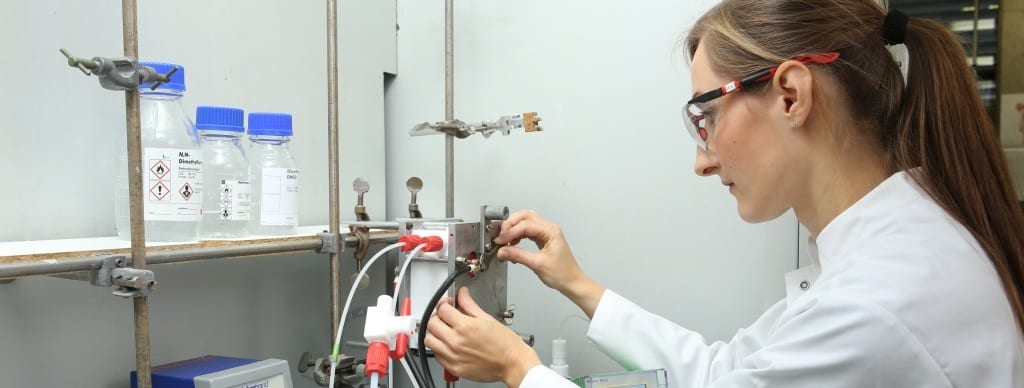Waste from paper and pulp industry supplies raw material for the development of new redox flow batteries.


Waste from paper and pulp industry supplies raw material for the development of new redox flow batteries.

This year’s edition of TEDx Berlin, entitled “FOCUS”, was held on September 3rd and encompassed three sessions with invited speakers in different topics covering Digital Life and its challenges. Image copyright TEDxBerlin 2017.

Batteries from a variety of manufacturers are examined using high-speed X-ray imaging to determine their failure mechanisms during thermal runaway.

A new printing method produces flexible graphene microsupercapacitors with a planar architecture, suitable for integration in portable electronic devices.

A new technique renders the low-cost process of sputtering a highly competitive fabrication method for photovoltaics.

Fengyu Li and Yanlin Song from the Chinese Academy of Sciences, along with their co-workers, have designed high-performance flexible perovskite solar cells (PSCs) for wearable electronics using green printing technology.

AMI presents the impressive covers of its current issue, highlighting electrochemistry, acoustic streaming, superhydrophobicity, and precision APT.

Researchers from Sun Yat-sen University, China, prepare a composite based on nickel nitride and sulfide nanosheets as the anode material for lithium ion batteries. The composite has enhanced cycle stability and lithiation capacity compared to the nitride and sulfide alone.

Swiss researchers have discovered a promising approach to how we might produce batteries out of waste graphite and scrap metal.

The observed behavior in the Danish electricity retail market is considered, arguing that benefits of dynamic pricing should be analyzed with consumers’ adoption decisions in mind.